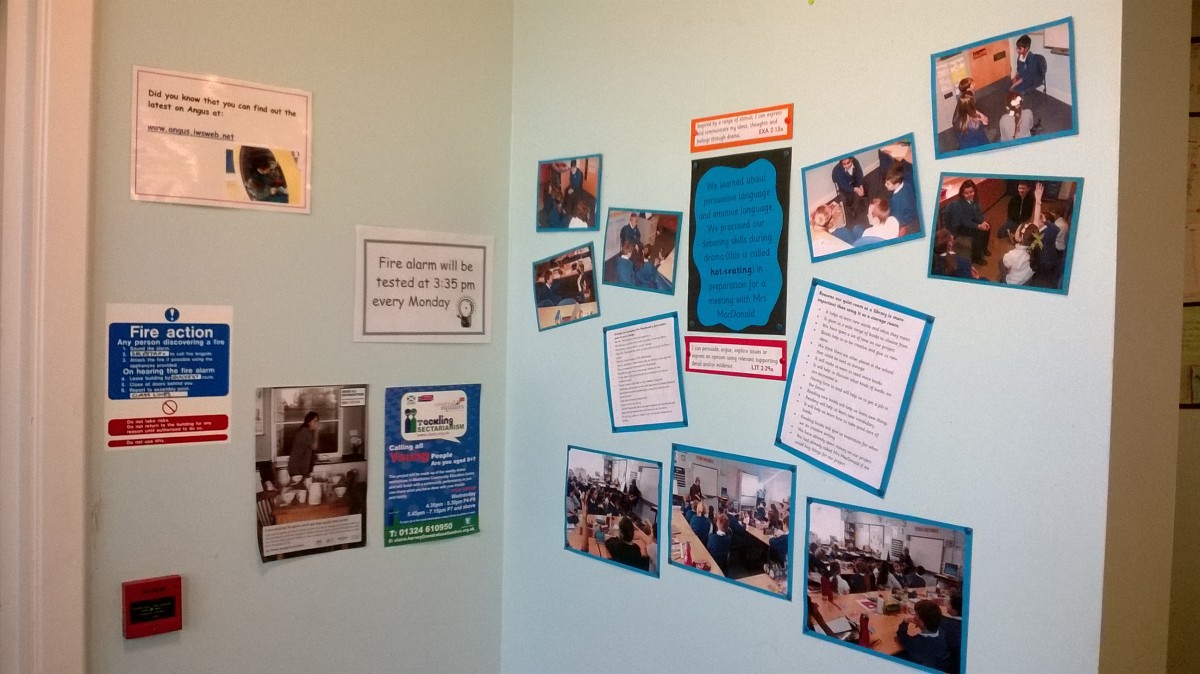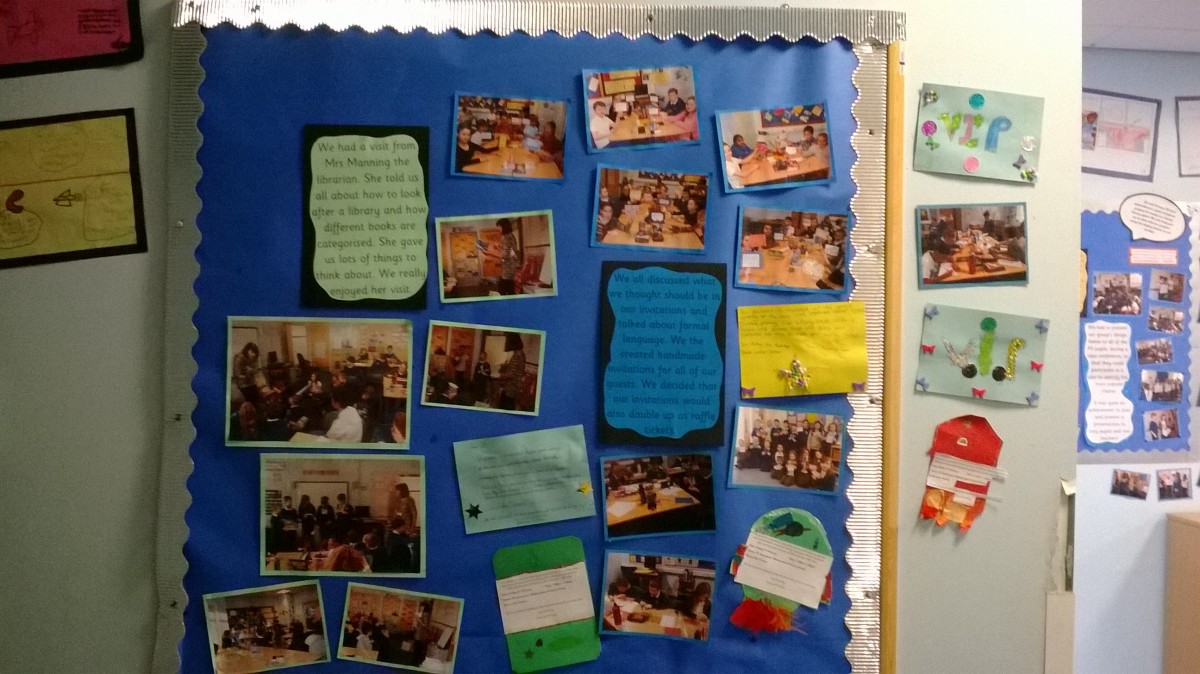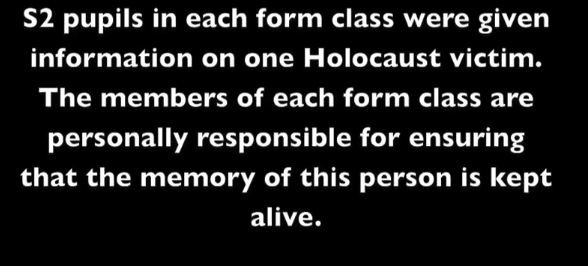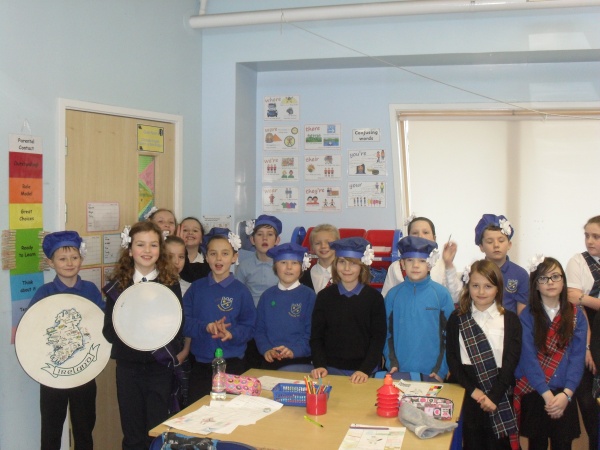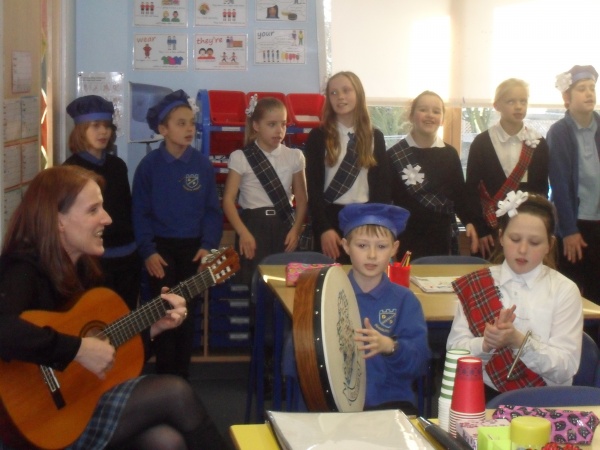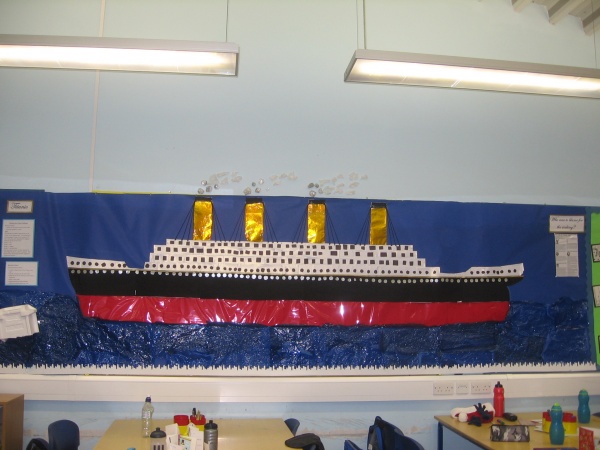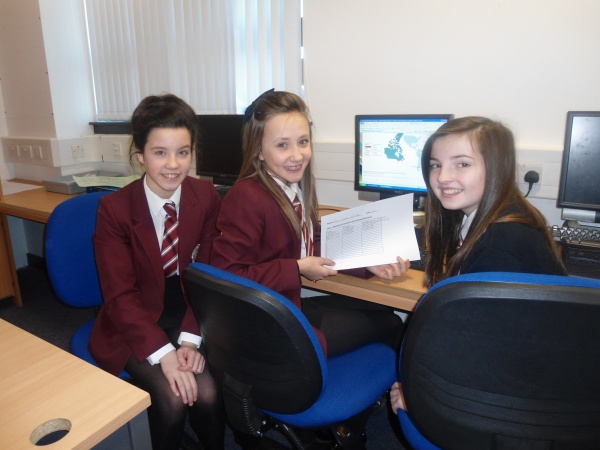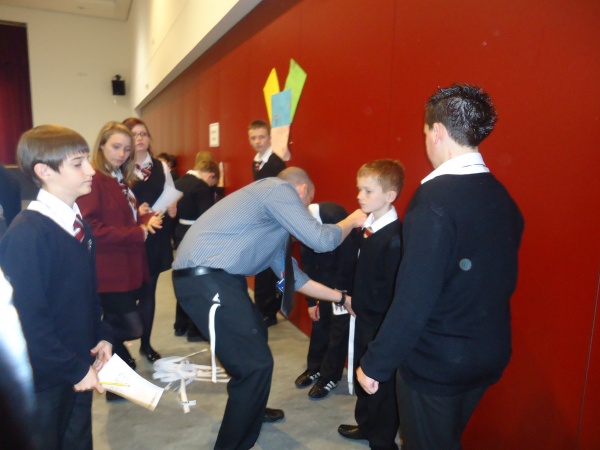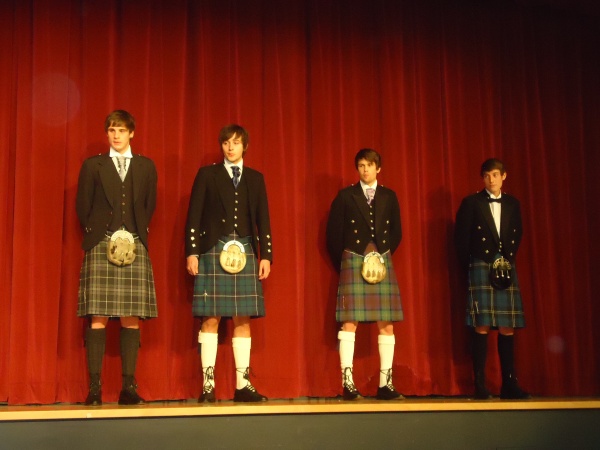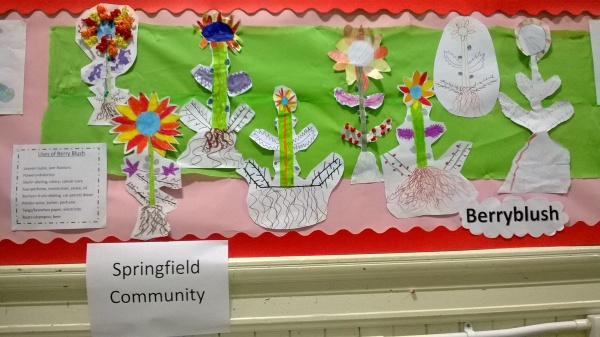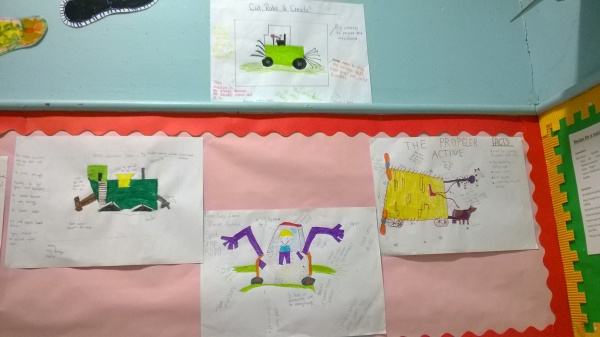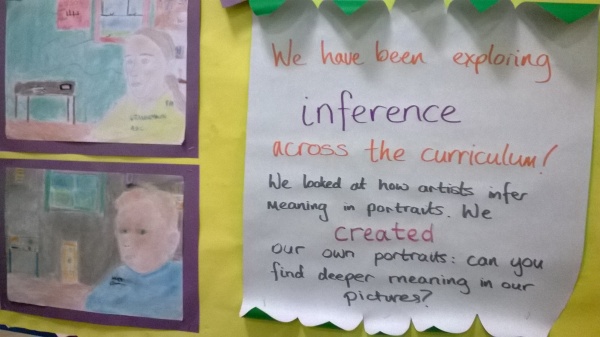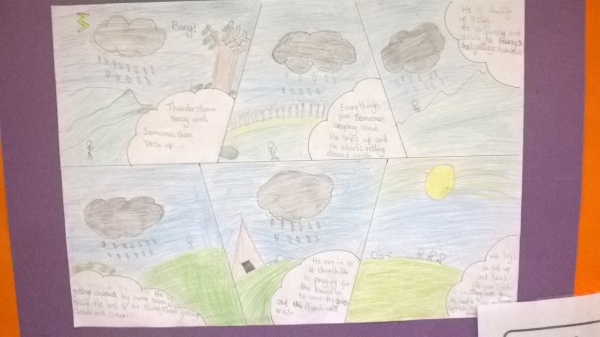Interdisciplinary information about this project in a nutshell-
What happened: In 2014, primary 6 pupils at Laurieston PS developed their research skills by discovering how previous Laurieston pupils contributed to World War 1. With the support of Louise Tierney and Laura McDonald from the heritage learning team at Callendar House, they discovered wonderful, sad and heart-rending stories during their “Our Area in the First World War project”(click here to visit the heritage learning team blog). Pupils were able to work with a range of people during this project, including: relatives of the people they learned about, a reporter from the Glasgow Herald, ( click here for more detail of the stories uncovered in his article about their work), and a television researcher. They also worked with a storyteller and artist, who helped them to interpret the stories they uncovered in a creative and informative way. The resulting “memory box” exhibits were part of a travelling exhibition which was launched in the Hippodrome Cinema, Bo’ness, visited Callendar House, and local libraries throughout the Falkirk area.
The pupils continued their involvement into primary 7, and their representatives shared their work with HRH Prince Edward, on 2nd July 2015.
How does this work relate to Curriculum for Excellence?
These pupils applied their literacy skills within the “People, past events & society” organiser of social studies, to research the legacy of the first World War on their local area. Discrete subject skills were developed within and across literacy, social studies and expressive arts. The project blended the four contexts for learning – the transferable skills used across the curriculum progressed learning in a discrete and connected way. The project enhanced the positive life and ethos of the school in its local community, and offered pupils opportunities for wider achievement.
As a result of this project pupils:
- Developed and applied transferable skills such as: analysing information (primary & secondary sources), working with others, planning and organising, creating & presenting information
- Explored their own thoughts about conflict, and their values and attitudes towards their school and community
- Deepened their understanding and appreciation of the impact of war on real people & society
- Experienced active and engaging learning
- Benefitted from working with a diverse range of partners including the Heritage Learning Team
Sarah Black said “I feel that the WW1 project let me do fun and exciting things. Not only did I learn a lot but I am sure it will help me in the future. It was really special getting to meet Prince Edward. I really enjoyed meeting him as he was really nice and it was a once and a lifetime opportunity.
The most important thing I learned was that thousands risked their lives and many were killed to save my generation. I am very glad I learned about WW1 and the opportunity I got to be on television with it.”
Falkirk Community Trust’s Heritage Learning Team received a small grant for from the Heritage Lottery Fund (HLF) of £9,900 from their First World War – Then and Now programme.The project had an intergenerational focus with a group of adult participants from the local community also working with the Heritage Learning Team and artist Jan Bee Brown and Storyteller Allison Galbraith to create a further 6 memory box exhibits to complement those created by the children and to provide a current cross-generational perspective on the impact of the War on the local area. Both generations came together to present their exhibits at the Hippodrome in Bo’ness to the wider community.
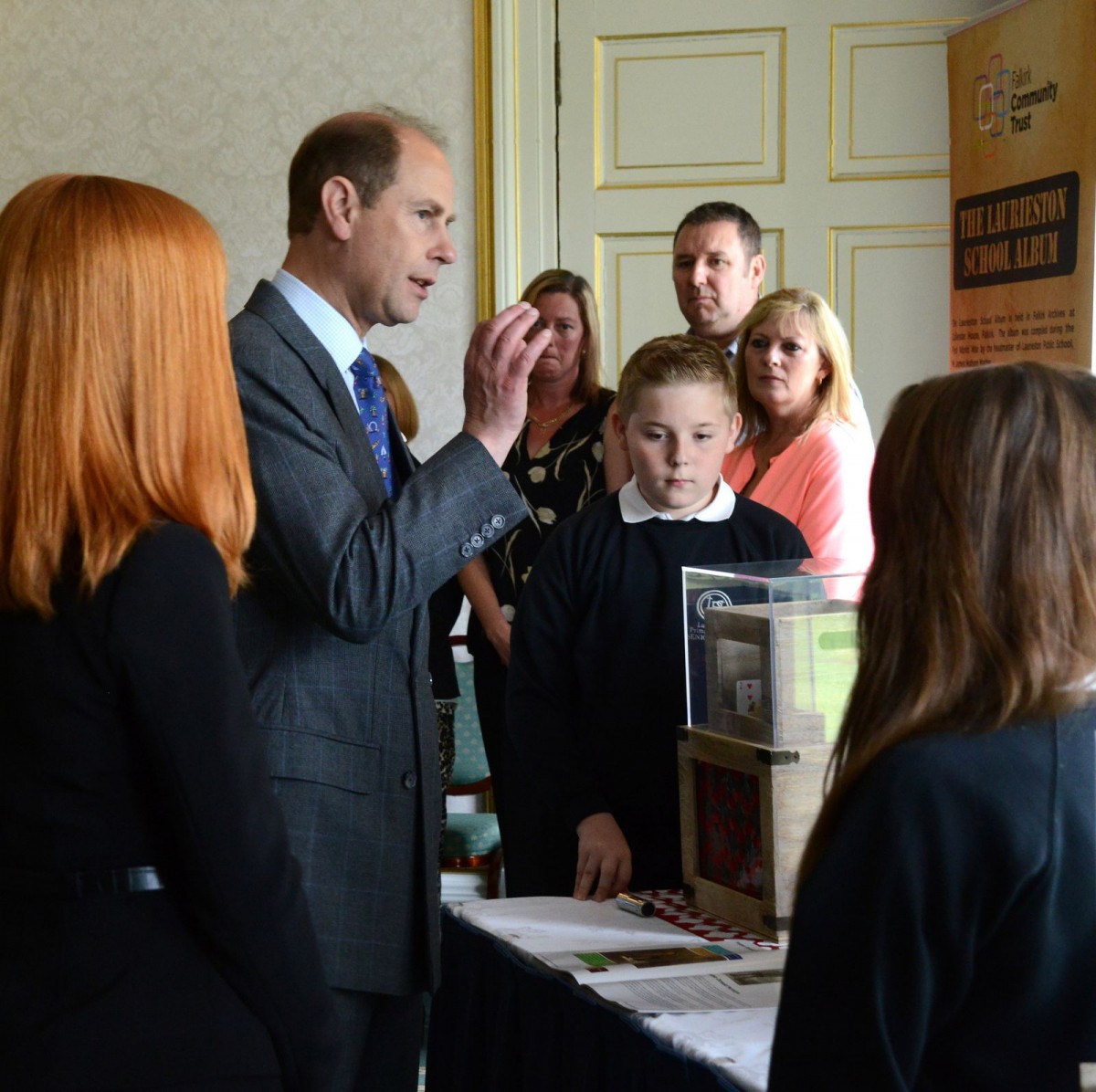


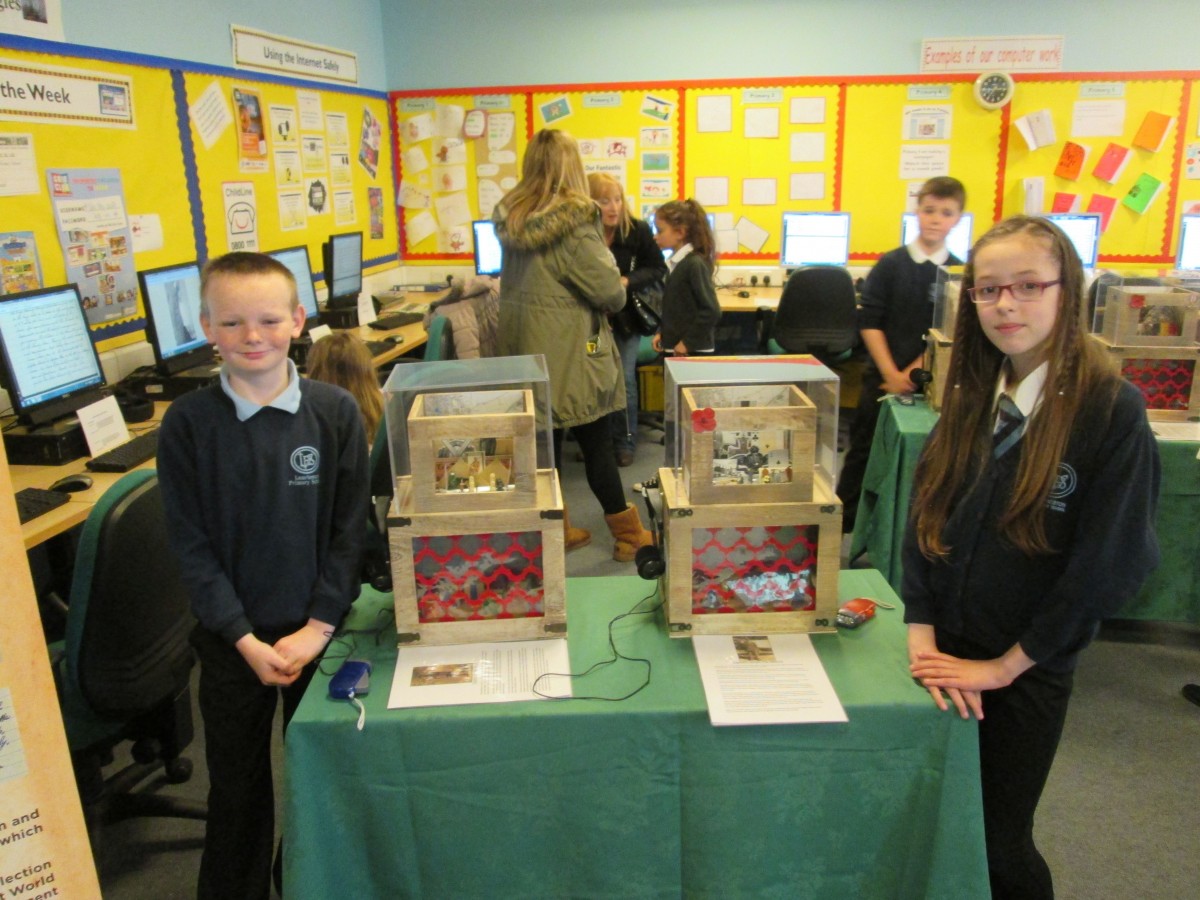

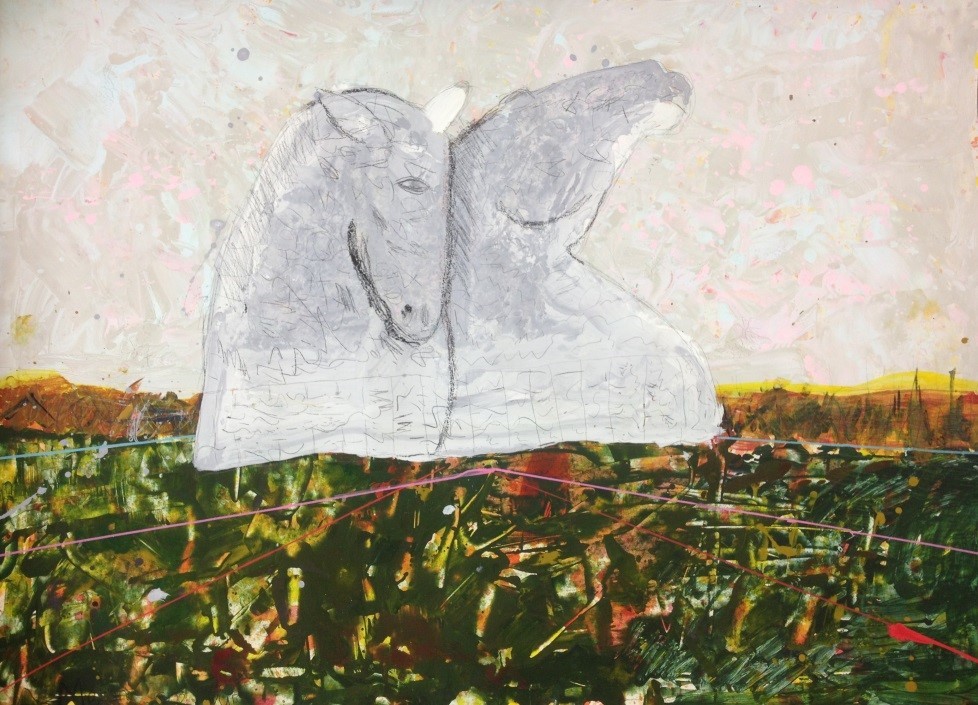
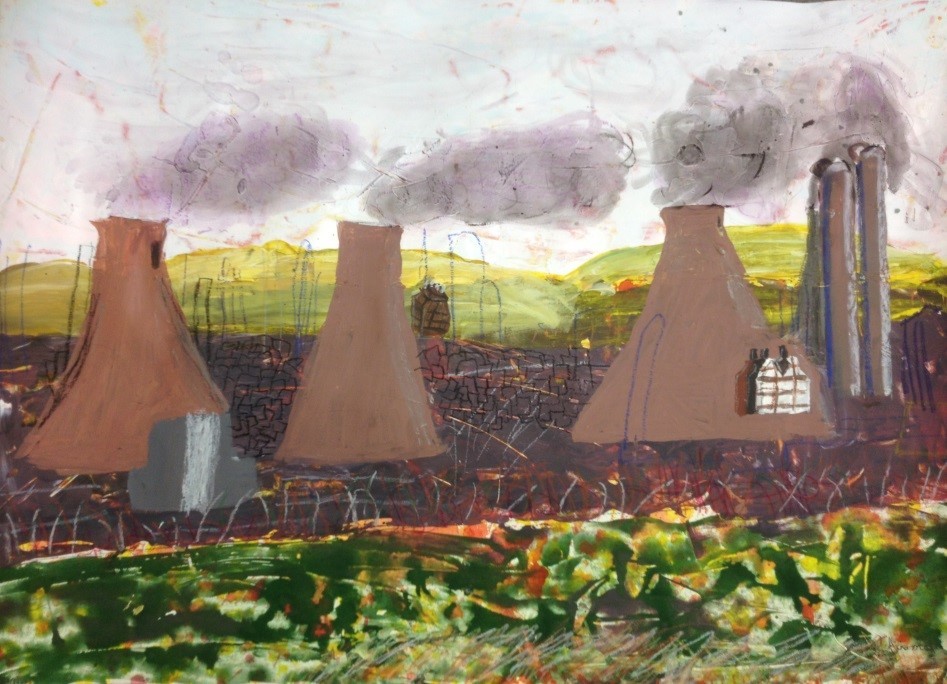
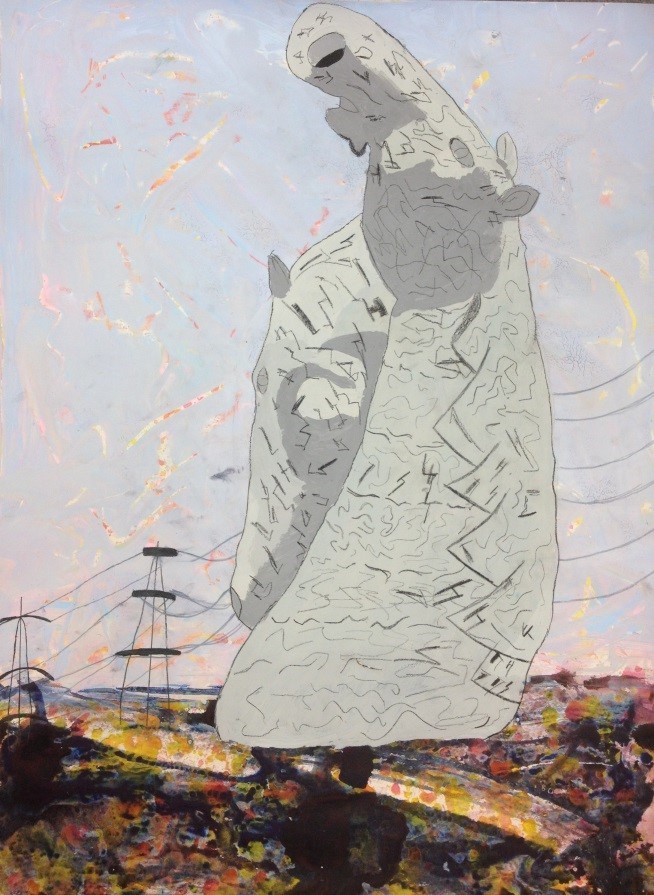

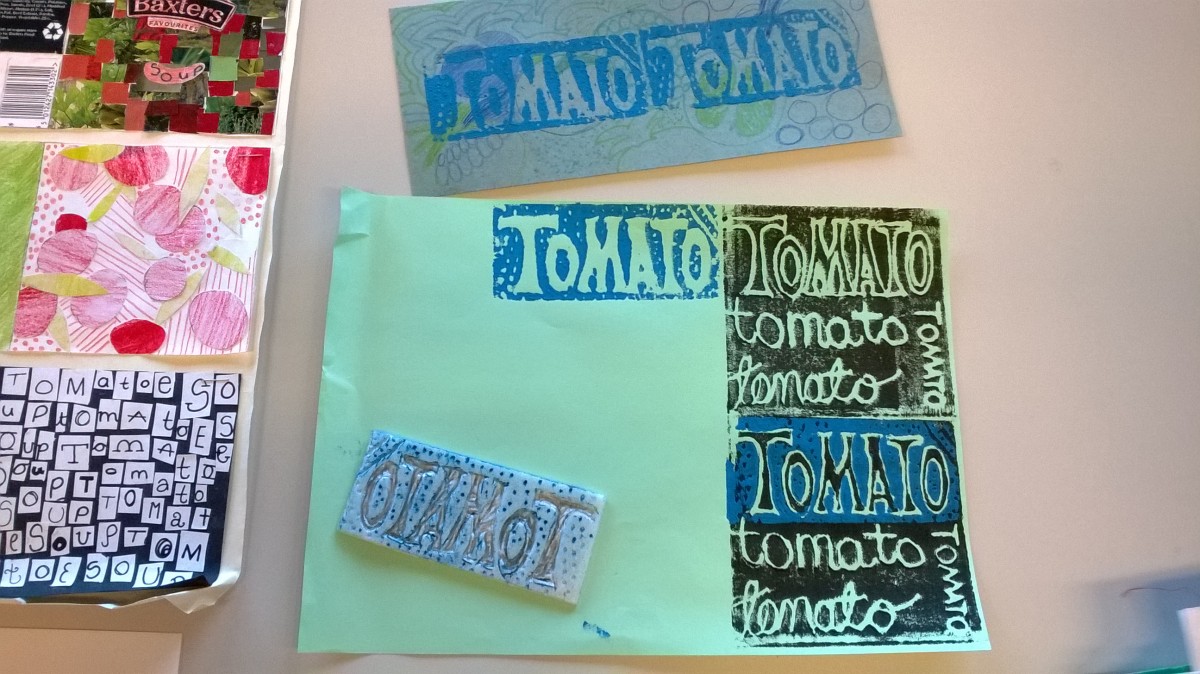
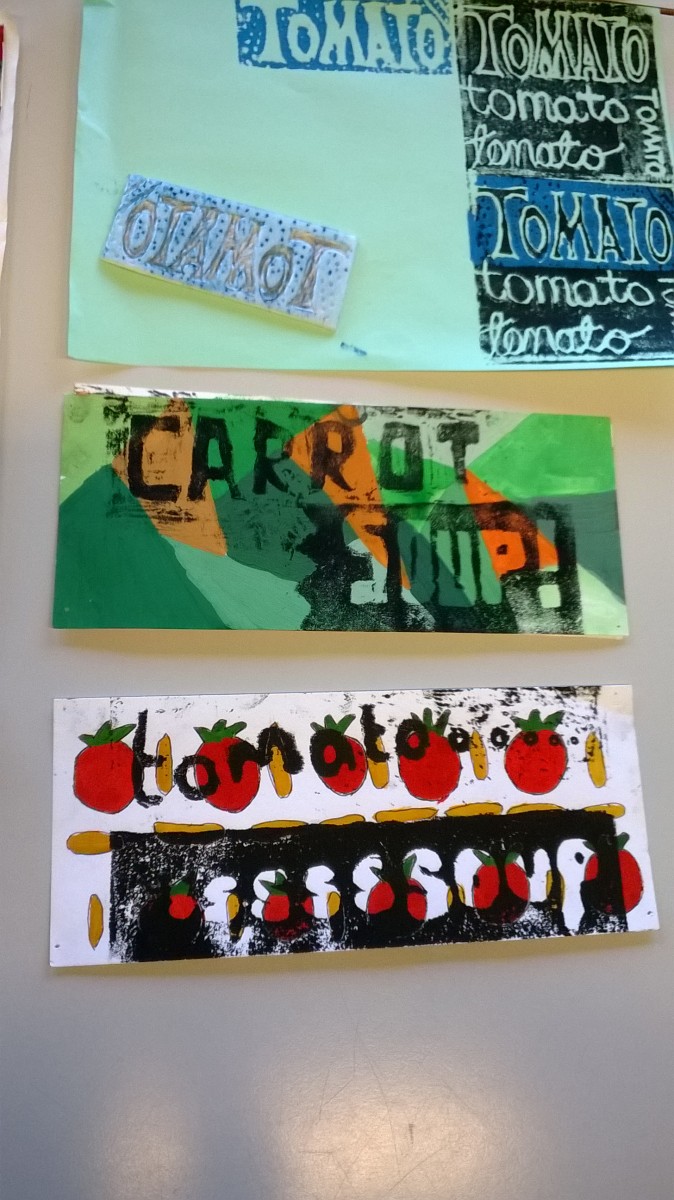
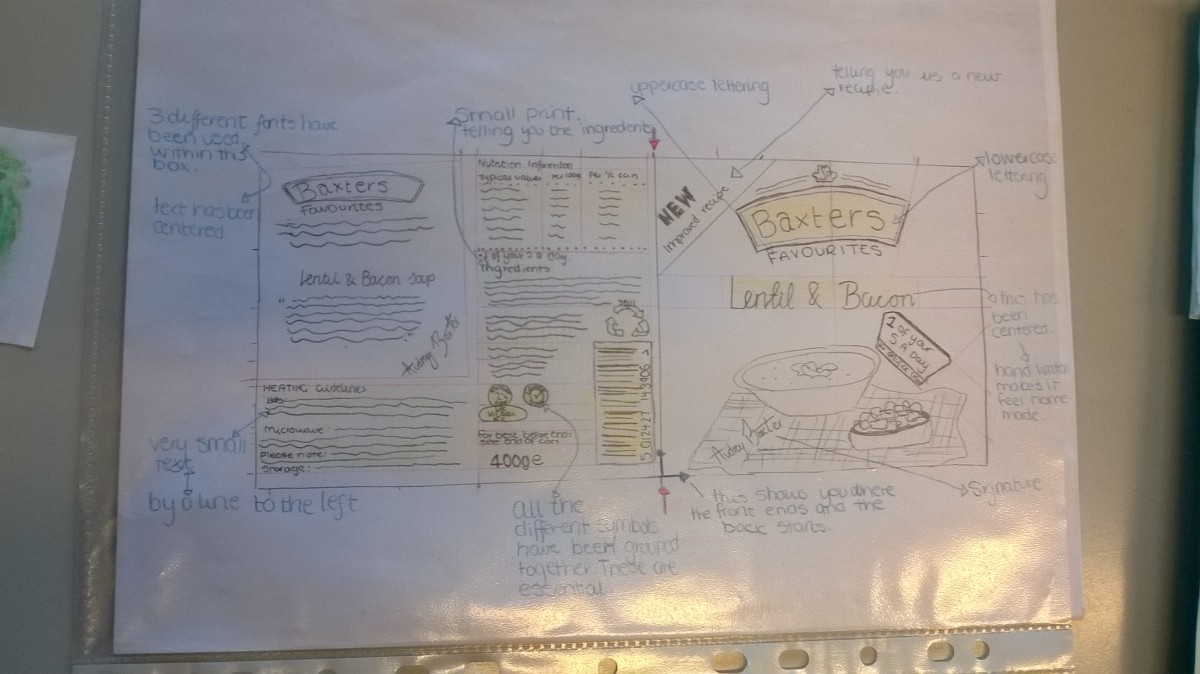
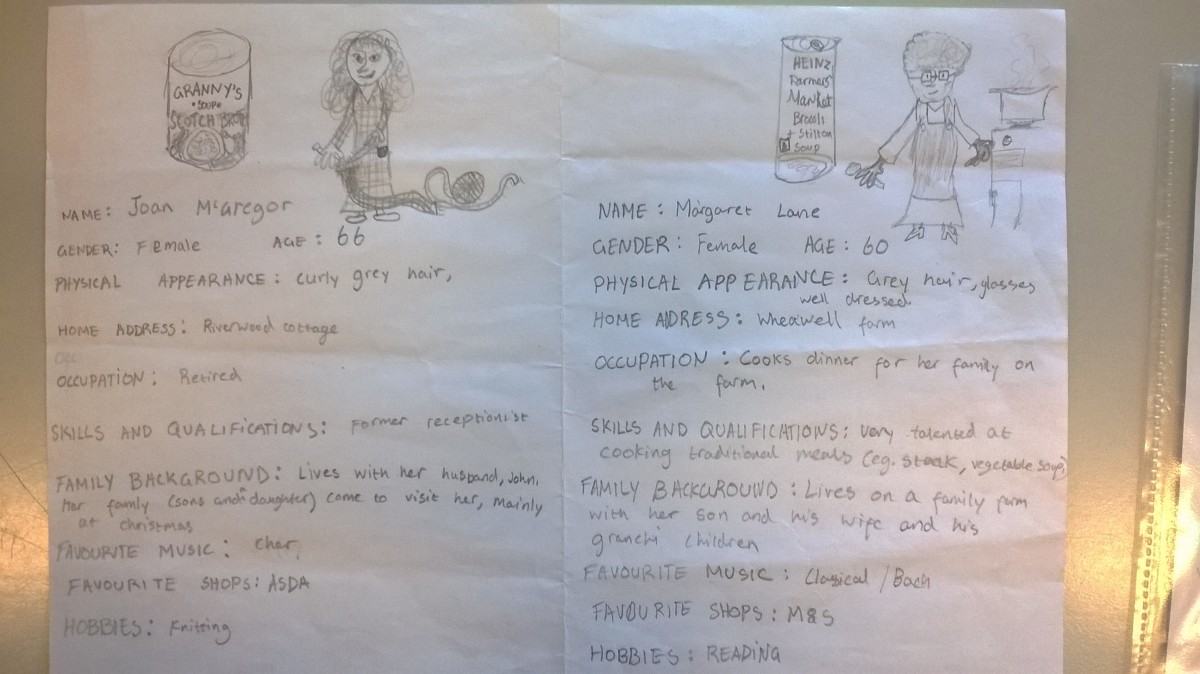
![IMG_4655[1]](https://blogs.glowscotland.org.uk/fa/public/IDLCentral/uploads/sites/1992/2015/02/IMG_46551.jpg)
![IMG_4658[1]](https://blogs.glowscotland.org.uk/fa/public/IDLCentral/uploads/sites/1992/2015/02/IMG_46581.jpg)



